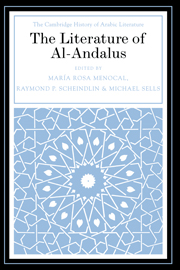6 - Love
from PART I - THE SHAPES OF CULTURE
Published online by Cambridge University Press: 28 May 2012
Summary
One day during his pilgrimage to Mecca and while circling the Kaaba, the Murcian Ibn ʿArabī (d. 1240) recited the following verses:
I wish I knew if they knew
whose heart they’ve taken
Or that my heart knew
which high-ridge track they follow
Do you think they’re safe
or do you think they’re perished
The lords of love are bewildered
in it, ensnared.
Ibn ʿArabī, who went on to become known as the grand master (al-shaykh alakbar) of Sufi thought, recounts that a young woman appeared and objected to each verse in turn, asking how such a famous and respected sheikh could have so badly misunderstood the workings of love. With the final verse, she lost all patience:
Amazing! How could it be that the one pierced through the heart by love had any remainder of self left to be bewildered? Love’s character is to be all consuming. It numbs the senses, drives away intellect, astonishes thoughts, and sends off the one in love with the others who are gone. Where is bewilderment and who is left to be bewildered?
(Ibn ʿArabī 11–12)- Type
- Chapter
- Information
- The Literature of Al-Andalus , pp. 126 - 158Publisher: Cambridge University PressPrint publication year: 2000
References
- 3
- Cited by



